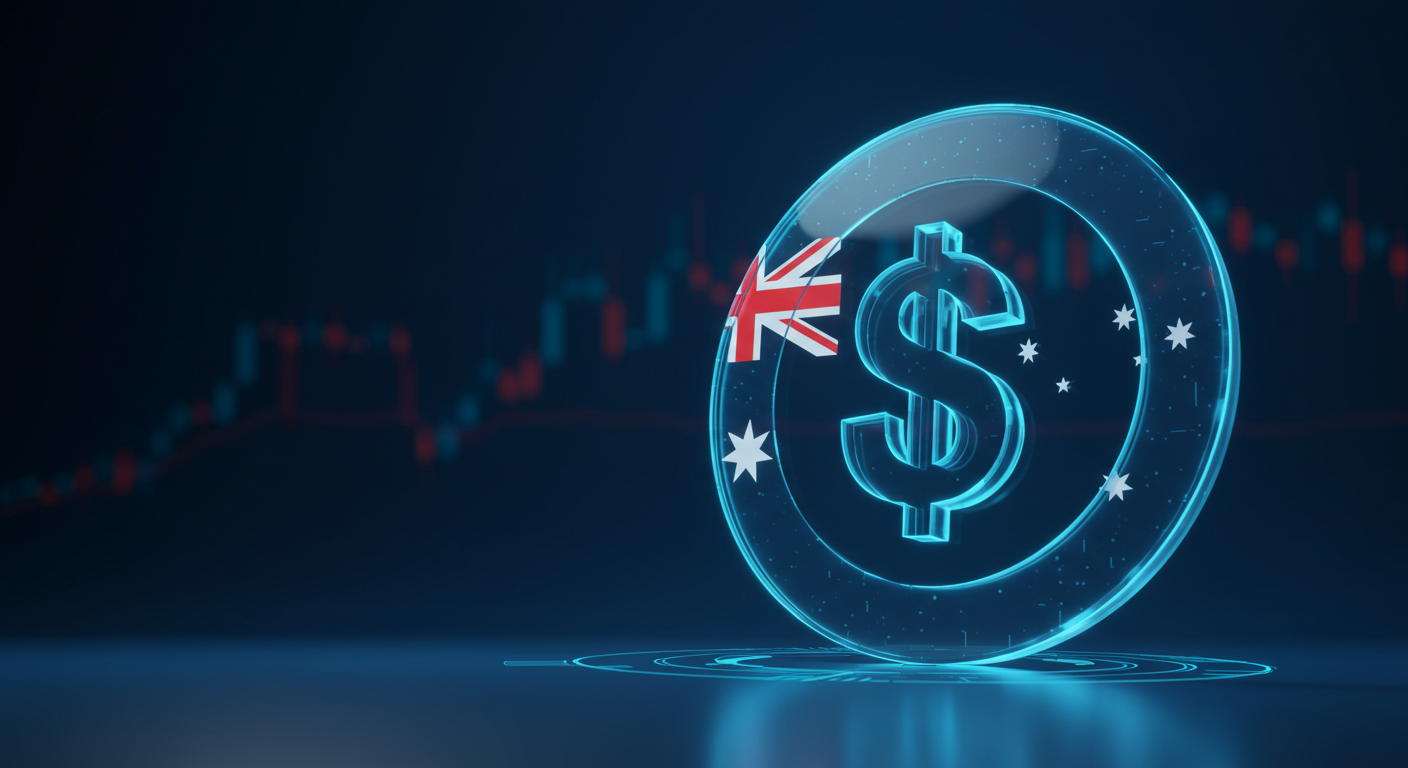
US China Trade Tensions Ease
A halt in the escalating US-China trade tensions led to a revived interest in risk assets. This development has sparked activity in financial markets, hinting at improved trade relations.
Those looking to trade EUR/USD are advised to consider brokers offering competitive spreads and efficient platforms. However, it’s crucial to understand that trading forex on margin carries substantial risk, possibly leading to full investment loss.
Opinions and information presented by various authors are intended for market commentary purposes and are not to be considered explicit investment advice or recommendations. The accuracy of claims made by independent authors is subject to verification.
Currency Market Dynamics
With Russia’s reserve figures inching higher—from $677.8 billion to $680.2 billion—it’s a reflection not just of accumulated assets, but of broader monetary shifts taking place behind the scenes. While the increase might seem modest on the surface, it signals that policymakers continue to exercise control over currency stability and capital flow, particularly in an economic context that remains heavily shaped by sanctions, shifting energy revenues and alternative settlement mechanisms.
The bump in the AUD/USD above the 0.6460 mark came after a rough U-turn earlier in the week, showing how delicately this pair is currently reacting to cross-market themes. As wider markets swayed under shifting interest rate expectations and minor boosts in commodity-linked sentiment, support for the Aussie crept upward. Sharp traders aren’t likely to take this development for granted though. We’re seeing price action that relies heavily on capital outflow trends from emerging markets, particularly those tied to Asia-Pacific economies. At the moment, risk-sensitive pairs are benefiting from even modest dampening of geopolitical worries.
In contrast, attention on the EUR/USD pair sharpens as it drifts closer to the 1.1200 region, pivoting off dollar swings caused primarily by US macroeconomic readings. With job market data still outperforming in the US while inflation trajectory remains moderately sticky, net dollar strength is under continued review. For traders working spread strategies, it becomes relevant to factor in not only headline data but also forward-looking expectations from rate-setters—and how those expectations build into swaps pricing. In markets where reactions to Federal Reserve signalling remain more robust than to actual statements, it’s critical we watch for breakouts that coincide with weaker-than-expected prints from US producers or consumers.
Over to commodities—gold held steady near $3,250, suggesting support here is being maintained by a mix of safe-haven buying and ongoing concerns about yield. Notably, the commodity isn’t behaving like a typical inflation hedge right now. Instead, it’s moving in closer alignment with real rates and liquidity trends. Traders might benefit from charting intraday momentum against two-year Treasury yields rather than watching headline inflation. The metal hasn’t dropped, despite firming in equities, which tells us the current institutional flow still regards it more as portfolio protection against tail risks than an inflationary asset play at this stage.
In crypto markets, we’re starting to see a transition in ownership structures now having a visible effect—especially in legacy collections like CryptoPunks. The handover to the Infinite Node Foundation from Yuga Labs marks a shift that’s less about price direction and more about decentralisation and IP strategy. The token market isn’t reacting dramatically, but that doesn’t mean the change lacks importance. Structural changes to project leadership can feed into longer-term utility valuations, which, when paired with increasingly tokenised identity concepts, will require reassessment of perceived scarcity. For us, it’s worth monitoring whether liquidity gaps widen if major holders adjust stakes following these changes.
Elsewhere, tensions between the US and China cooled somewhat, easing the pressure that had built across multiple asset classes tied to manufacturing and global trade cycles. This has boosted appetite for riskier holdings, including equity indices and several emerging market bonds. The lack of fresh escalations has acted like a release valve—relieving pressure on hedge positions and encouraging higher exposure across regions normally viewed as more sensitive to trade disruptions.
With volatility easing in response to these developments, we’re seeing a narrow window emerging for exploiting short-term price inefficiencies. Traders who aim to benefit from movements in the EUR/USD or commodity-linked currencies should start modelling how these recent soft improvements in trade dialogue might intersect with rate expectations and equity risk premiums. The direct correlation between optimism on trade deals and strength in currencies like the euro or the Australian dollar becomes more transparent under these conditions.
Careful selection of execution platforms with tight spreads and strong order routing becomes more important when chasing narrower moves. It’s essential that we incorporate strict position management strategies, particularly when liquidity remains tight in certain pairings during off-peak hours. Volatility may not be disappearing—it’s just taking brief pauses, which creates situations that favour lean, well-planned exposure rather than overextended positions.
Ultimately, understanding immediate moves must always tie back to where markets are pricing risk in both forward contracts and spot values. That’s where sharper edges get carved.







